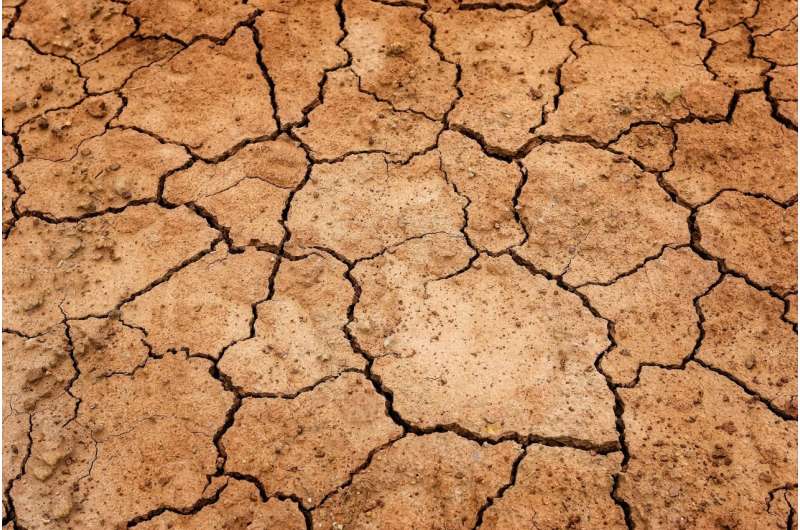Record High Valley Fever Cases Reported in California in 2025

California reports a sharp rise in valley fever cases in 2025, with a record-breaking number of infections linked to climate and environmental factors. Stay informed to protect yourself.
California is experiencing a significant surge in valley fever cases in 2025, marking another record-breaking year according to state health officials. As of July, there have been 6,761 reported cases, substantially exceeding the 10-year average of 3,833 cases up to that point. Last year alone, nearly 12,500 cases were documented across the state, setting a new record and far surpassing the annual average of 7,000 to 9,000 cases observed between 2016 and 2024. The increase is primarily concentrated in the San Joaquin Valley and southern California, where the soil provides a favorable environment for the Coccidioides fungus. Notably, case numbers are rising in areas like the Central Valley and along the Central Coast, with Monterey County seeing a dramatic increase from 47 cases in 2023 to 348 as of July 2025. Experts suggest that drought conditions followed by wet winters and dry summers, possibly driven by climate change, are contributing to the rise in infections. The fungus is now spreading into regions previously less affected, and counties such as Contra Costa, Fresno, San Luis Obispo, and Merced have experienced doubled case numbers since 2023. Valley fever is contracted mainly through inhalation of spores disturbed by activities like construction, wildfire, or wind. While many infected individuals remain asymptomatic, symptoms such as cough, fever, headaches, and exhaustion can resemble those of COVID-19 or the flu, complicating diagnosis. Severe cases can involve dissemination of the fungus to other parts of the body, leading to serious illness or death, though the disease is not contagious. People are advised to take preventive measures, including staying indoors during windy conditions, keeping windows closed, wetting soil before disturbing it, and wearing masks like the N95 when outdoors. Awareness among travelers and healthcare providers is crucial for early detection and management of valley fever.
Stay Updated with Mia's Feed
Get the latest health & wellness insights delivered straight to your inbox.
Related Articles
Pioneering Clinical Trial Demonstrates Early Treatment Benefits for Infants with Spinal Muscular Atrophy
A recent clinical trial reveals that early administration of risdiplam in newborns with spinal muscular atrophy can improve motor development and survival, highlighting the importance of early diagnosis and intervention.
Innovative Virtual Reality Software Reveals New Insights into Pediatric Heart Tumors
A novel virtual reality software developed by Murdoch Children's Research Institute offers new insights into the formation and behavior of pediatric heart tumors, opening doors to better diagnosis and treatment of childhood diseases.
Smart Speakers Show Promise in Supporting Children's Speech Development
Research suggests that smart speakers can be a fun and effective tool to support children with speech difficulties, helping improve clarity and confidence through interactive practice.



